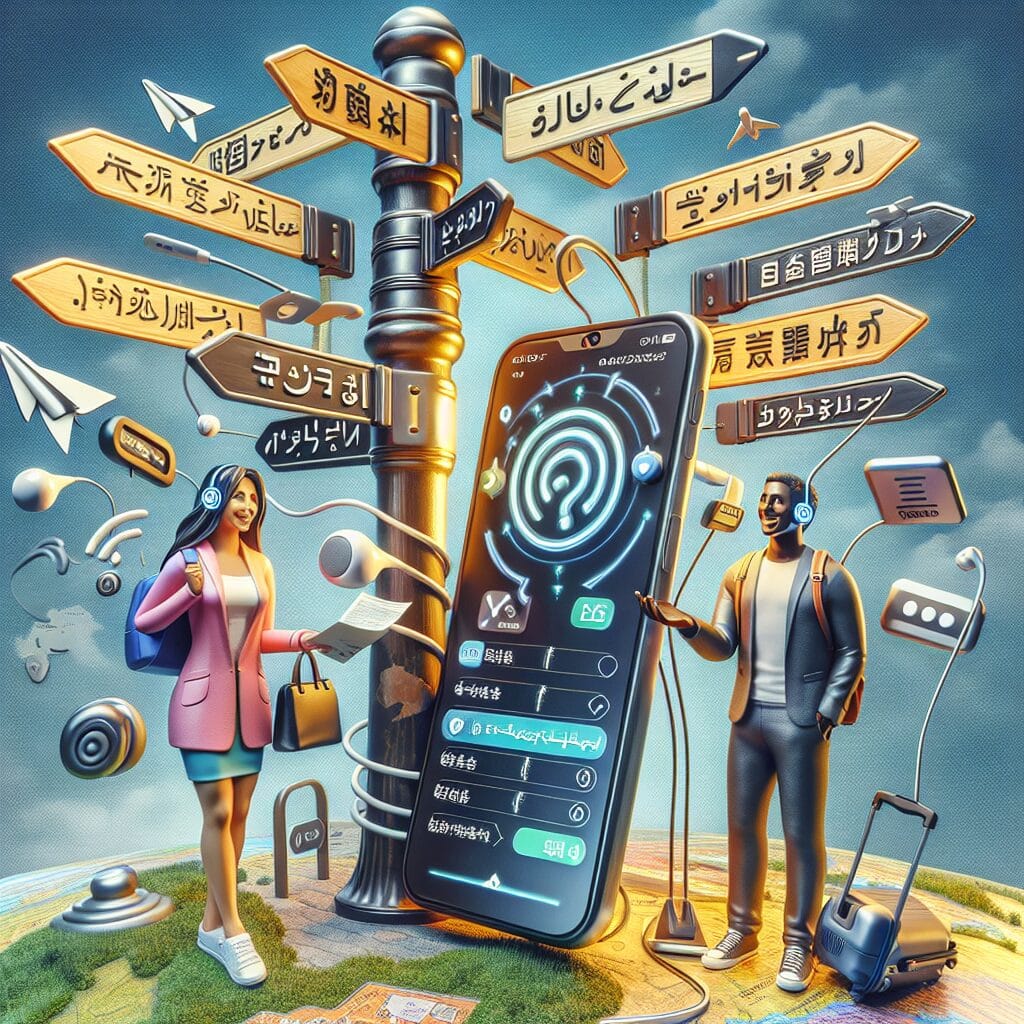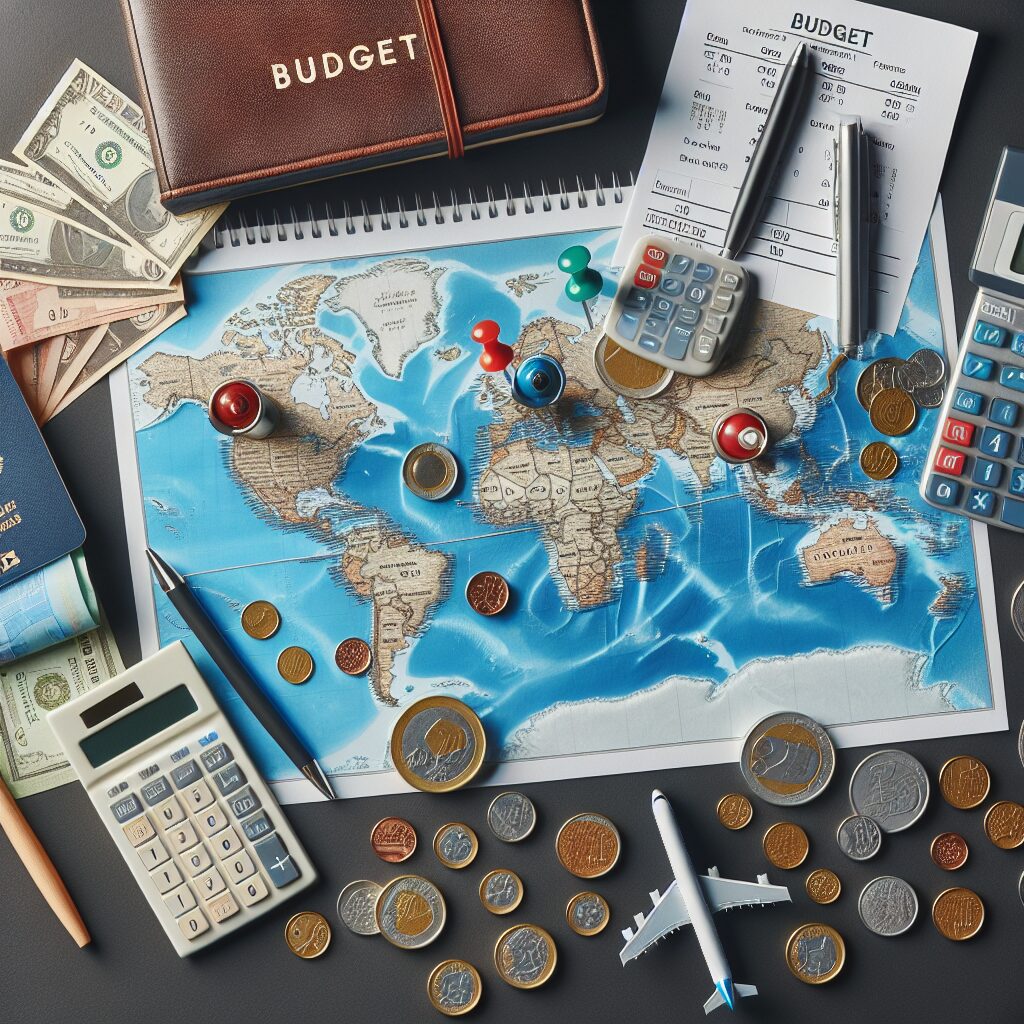Language translation tools have become indispensable for international travelers in today’s globalized world. These tools offer a convenient and efficient solution for overcoming language barriers while exploring new destinations. With just a few taps on their smartphones, travelers can easily communicate with locals, navigate foreign streets, and even decipher foreign menus. This technological advancement has revolutionized the way people travel, opening up a world of possibilities for those who crave authentic experiences in unfamiliar territories.
One of the key impacts of language translation tools is their ability to bridge the communication gap between travelers and locals. In the past, language barriers often hindered meaningful interactions, limiting travelers to popular tourist destinations with English-speaking guides. However, with the advent of translation apps and software, travelers can now venture off the beaten path, immersing themselves in local cultures and traditions. Whether it’s bargaining at a bustling market or seeking directions to hidden gems, these tools provide a means to connect with locals on a deeper level, fostering cross-cultural understanding and memorable experiences.
In the next section, we will explore the unique features and functionalities of language translation tools for international travel. From real-time voice translation to offline dictionaries, these tools offer an array of capabilities tailored to meet the diverse needs of travelers. We will also discuss the top translation apps available in the market, providing insights into their strengths and weaknesses. So, let’s dive into the world of language translation tools and unlock a world of possibilities for your next adventure!
Key Takeaways
1. Language translation tools are invaluable for international travelers, allowing them to communicate more effectively in foreign countries where they may not speak the local language.
2. These tools can be accessed through smartphone apps, handheld devices, or websites, offering various features such as text translation, speech recognition, and even real-time conversation translation.
3. Some popular language translation tools include Google Translate, Microsoft Translator, and iTranslate, each offering their own unique set of features and language options.
4. Offline translation capabilities are particularly useful for travelers who may not have reliable internet access while abroad, ensuring they can still communicate and navigate effectively.
5. While language translation tools are incredibly helpful, it is still important to learn a few basic phrases and cultural customs before traveling to a foreign country, as personal interactions and local etiquette can greatly enhance the travel experience.
What are the Best Language Translation Tools for International Travel?
Why Language Translation Tools are Essential for International Travel?
Traveling to different countries can be an exciting and enriching experience, but it can also be challenging, especially if you don’t speak the local language. Language barriers can often hinder effective communication and make it difficult to navigate through unfamiliar territories. This is where language translation tools come to the rescue. These tools enable travelers to bridge the language gap and communicate effectively with locals, making their travel experience smoother and more enjoyable.
The Benefits of Language Translation Tools
Language translation tools offer numerous advantages for international travelers. Firstly, they provide instant translations, allowing travelers to understand and be understood in real-time. They eliminate the need for language dictionaries and phrasebooks, making communication more efficient and convenient. Additionally, these tools often offer text-to-speech capabilities, enabling travelers to hear and pronounce foreign words correctly. Some advanced translation tools even provide offline functionality, ensuring uninterrupted translation services in areas with limited internet access.
Types of Language Translation Tools
There are several types of language translation tools available for international travelers. Mobile apps are popular options, offering comprehensive translation features that can be easily accessed through smartphones. These apps often support multiple languages and provide features like voice recognition, text translation, and even image translation. Another type of language translation tool is handheld devices, specifically designed for travelers. These devices usually have larger screens, enhanced translation accuracy, and some may even offer additional travel-related features such as currency conversion and navigation assistance. Lastly, online translation websites and software provide translation services accessible through browsers, offering convenience for travelers with an internet connection.
Key Features to Consider in Language Translation Tools for International Travel
When selecting language translation tools for international travel, there are several key features to consider:
1. Language Support: Ensure that the tool supports the languages commonly spoken in the countries you plan to visit.
2. Accuracy and Quality: Look for tools that provide accurate translations and high-quality voice recognition to ensure effective communication.
3. User Interface: Consider user-friendly tools with intuitive interfaces that make it easy to navigate and access desired functionalities.
4. Offline Functionality: If you’ll be traveling to areas with limited internet access, opt for tools that offer offline translation capabilities.
5. Additional Features: Some tools may offer extra features such as cultural tips, currency conversion, and local attractions, enhancing your overall travel experience.
Tips for Using Language Translation Tools Effectively
1. Familiarize yourself with the tool before your trip to ensure you understand its functionalities and settings.
2. Practice pronunciation through the audio features to improve your spoken communication in the local language.
3. Use short and simple sentences for better translation accuracy.
4. Take advantage of additional features and resources offered by the tool, such as phrase suggestions and cultural tips.
5. Always have a backup plan. While language translation tools are incredibly helpful, it’s a good idea to have a basic understanding of commonly used phrases in the local language and carry a pocket dictionary as a backup.
Conclusion
Language translation tools are indispensable companions for international travelers who wish to communicate effectively in foreign countries. Whether you opt for mobile apps, handheld devices, or online translation services, ensure to choose a tool that aligns with your specific travel needs. By leveraging the power of language translation tools, you can break the language barrier, connect with locals, and create memorable travel experiences around the globe.
Frequently Asked Questions
1. Can language translation tools completely replace traditional language learning methods?
No, language translation tools provide convenience and aid in communication, but they do not substitute the benefits of learning a language properly. Traditional language learning methods enable you to understand grammar, culture, and nuances that translation tools may miss.
2. How accurate are language translation tools in translating complex phrases and idioms?
While language translation tools have become more advanced, accurately translating complex phrases and idioms can still be a challenge. Some tools may provide literal translations, which may not convey the intended meaning. It is recommended to use these tools cautiously and verify translations with native speakers when in doubt.
3. Are language translation tools available offline?
Yes, many language translation tools offer offline functionality, allowing travelers to use them without an internet connection. It is advisable to download the necessary language packs before traveling to ensure smooth usage even in areas with limited or no internet access.
4. Can language translation tools translate handwritten text or text captured from images?
Yes, some language translation tools have the capability to translate handwritten text or text extracted from images using optical character recognition (OCR) technology. These tools can be helpful in translating menus, signs, or any other printed text encountered while traveling.
5. How secure is my personal information when using language translation tools?
Language translation tools vary in terms of data privacy and security. It is essential to choose reputable and trusted tools that prioritize the protection of your personal information. Reading the privacy policy and user reviews can help you make an informed decision.
6. Can language translation tools help with pronunciation?
Yes, many language translation tools include audio pronunciations, allowing users to listen and learn proper pronunciation. This can be particularly useful in overcoming language barriers while interacting with locals during your travels.
7. Are language translation tools compatible with different devices and operating systems?
Most language translation tools are designed to work on various devices and operating systems. Whether you have a smartphone, tablet, or laptop, you can likely find compatible language translation tools that cater to your specific needs.
8. Do language translation tools support translating multiple languages simultaneously?
Some language translation tools offer the option to translate multiple languages simultaneously, making it easier for travelers to communicate in different environments. However, the accuracy of translations may vary, especially when dealing with complicated sentence structures or less commonly spoken languages.
9. Can language translation tools be used to translate websites or documents?
Yes, many language translation tools provide browser extensions or document translation features, allowing you to translate websites or documents effortlessly. Keep in mind that automatic translations may not capture the precise meaning or context, so human revision might be necessary.
10. Are language translation tools free or paid?
Language translation tools come in various forms and pricing models. While some tools offer basic functionality for free, others provide enhanced features and accuracy through paid subscriptions. It depends on your specific requirements whether you opt for free or paid options.
Final Thoughts on Language Translation Tools for International Travel
Language translation tools have revolutionized the way we communicate during our international travels. They offer convenience, help bridge language barriers, and enhance the overall travel experience. However, it is important to remember that these tools are not infallible, and relying solely on them may lead to miscommunications. It is beneficial to combine language translation tools with a basic understanding of the local language and culture, enabling more authentic and meaningful interactions with locals. Ultimately, the key is to leverage language translation tools intelligently as valuable travel companions while respecting the value of traditional language learning.






